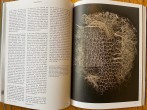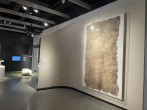

#1
Plantrootweaving tapestry 180cm x 300cm
“Gene Cultures” MIT Museum Cambridge, Massachusetts, USA
2nd October 2022 ongoing
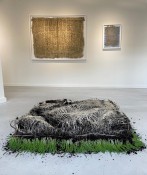

#1


#2
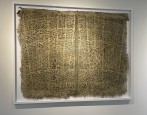

#3
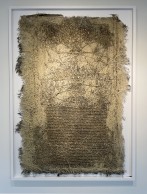

#4
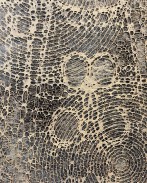

#5
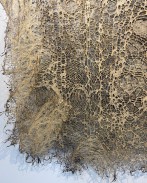

#6
Solo exhibition Wonderground
24 September 2022 -8 January 2023 Roof -A Rotterdam
It’s our F***ing Backyard - Material Futures - Stedelijk Museum Amsterdam 26 mei – 4 september 2022
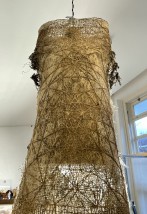

#1
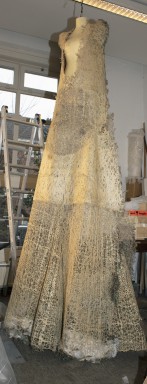

#2
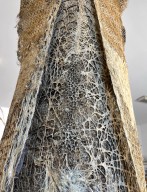

#3


#4
Oranjewoud – Arcadia May 2022 - Curator Hans den Hartog Jager
With Marianna Simnett (1986, Great Britain), Charles Avery (1973, Scotland), Mercedes Azpilicueta (1981, Argentina), Diana Scherer (1979, Germany) and Erik van Lieshout (1968, The Netherlands).


